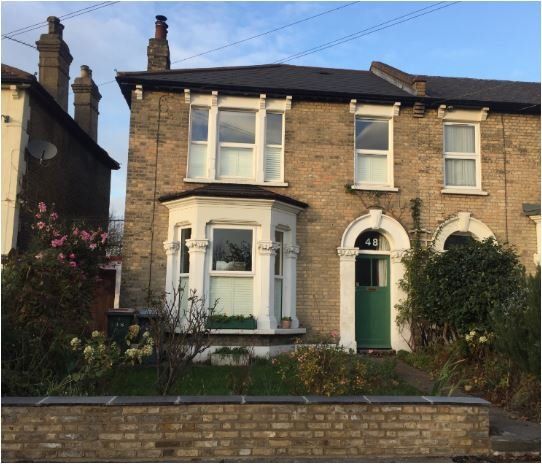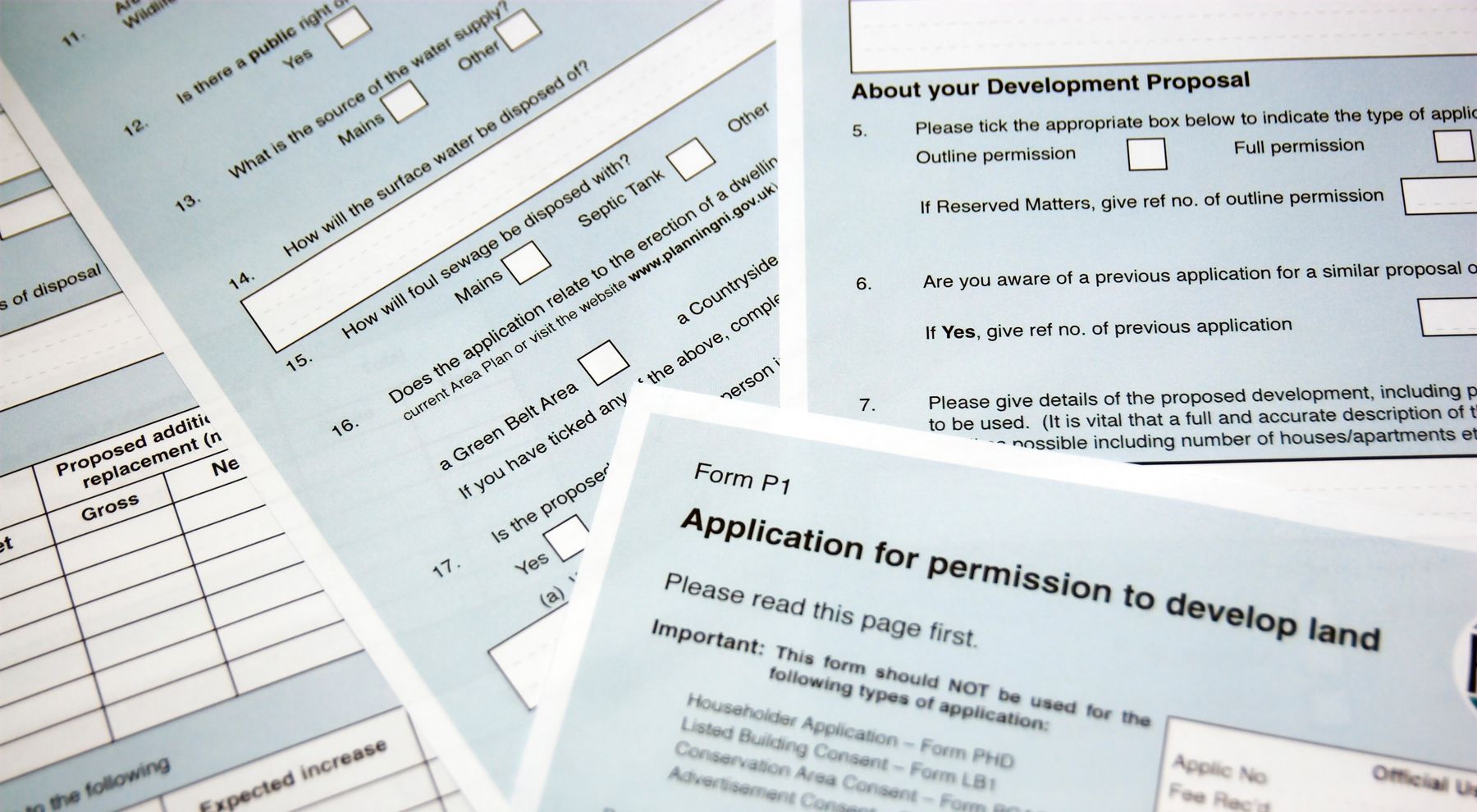Listed Building Renovations: What You Need to Know

Restoring, refurbishing or making adjustments to a period building poses a series of challenges that modern buildings don’t. Whether the property in question is Grade I, II* or II listed, you will need Listed Building Consent before any interior or exterior work can commence.
What is a Listed Building?
A listed building is one that is deemed to be of national importance, and has thus been placed on the List of Buildings of Special Architectural or Historic Interest by Historic England. Listed buildings and structures are legally protected from being drastically altered, extended or demolished, unless Listed Building Consent has been obtained from the local planning authority.
There are three main classifications of listed buildings:
● Grade I: Buildings of extraordinary interest. These include landmarks such as Buckingham Palace, the Houses of Parliament and Tower Bridge.
● Grade II*: Important buildings of more than special interest - usually with additional merit, such as immaculate interiors. Examples include the London Coliseum and Leadenhall Market.
● Grade II: Other buildings of special architectural or historical importance.
What is a Grade II Listed Building?
Over 90% of listed buildings in the UK are Grade II listed, including many private homes, so it’s highly likely that your property falls into this category. Whilst the rules are much less stringent than they would be for a higher list grade, there are nonetheless additional regulations in place to protect these buildings.
Listed Building Consent must be obtained in addition to all of the standard planning-application. Local authorities in the UK receive upwards of 30,000 applications for Listed Building Consent per year, the majority of which are granted. Conservation officers will consider each application individually, ensuring that the historical or architectural character of the building is being preserved. It is a criminal offence to start work on a listed building without the necessary permissions.
What Can Be Done to a Grade II Building?
Modernising a Grade II listed building is perfectly possible, so long as it falls within the law. If in doubt, erring on the side of caution is always best. Historic England’s Guide for Owners of Listed Buildings is a handy resource that any period building owner should be familiar with. In most cases, maintenance in a Grade II property without permission is acceptable if ‘like-for-like’ materials are used. This can be discussed with your Conservation Officer and a reliable surveyor.
What Can’t I Do to a Grade II Building?
Below are the key considerations to keep in mind when renovating your listed property:
● Don’t remove any original features such as windows, doors, fireplaces or stonework without consent. Any unauthorised violations will violate the listed status.
● Don’t replace old with new. Any repairs to traditional construction must be conducted with the right materials and methods so as to not damage the building.
● Don’t rush to renovate the garden without first checking if any exterior elements are included in the listing. You might not be able to remove an original garden wall or gate, for example.
Need More Help?
With over 30 years of experience in performing
structural surveys, Simon Levy Associates are qualified to undertake a thorough examination of the building structure using specialist surveying equipment. You can count on us to uncover the reality of your property’s condition and how you can work within any perimeters.
Get in touch with us today to discuss your requirements with a structural surveyor in our Borehamwood offices.











